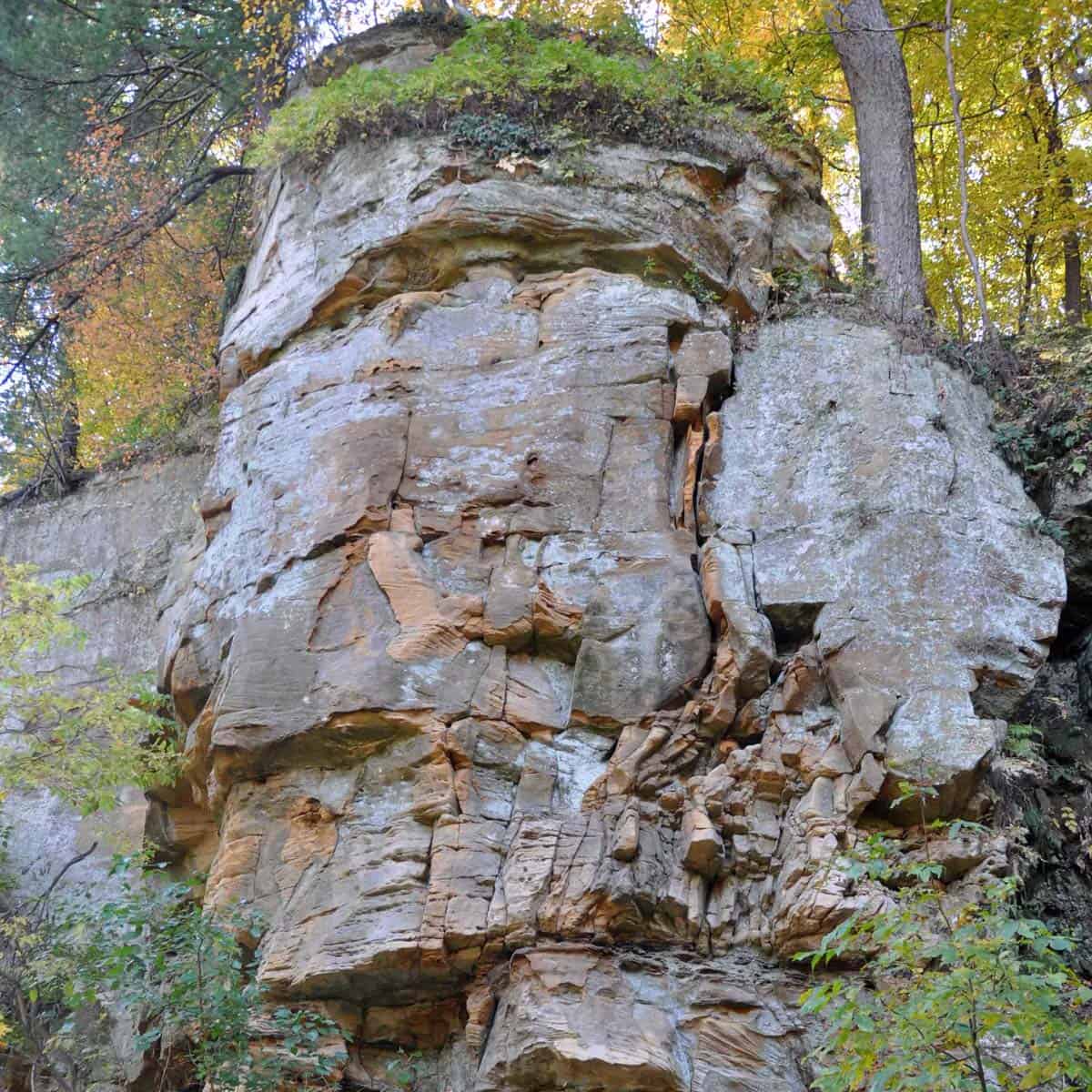Iowa is not known for having an especially dramatic landscape. But in fact there are many hidden gems to be found in this particular plot of so-called flyover country. Among them is Wildcat Den State Park in southeastern Iowa. According to Iowa DNR it is one of the most photographed state parks in Iowa. IfContinue reading “Iowa Rocks!”
